Before the iPhone conference began, I noticed that the number of photographers who were invited to the Jobs Theatre was significantly more – this meant that the new iPhone might make a big fuss on the camera.
The iPhone’s first big leap forward in 2016 was in 2016.
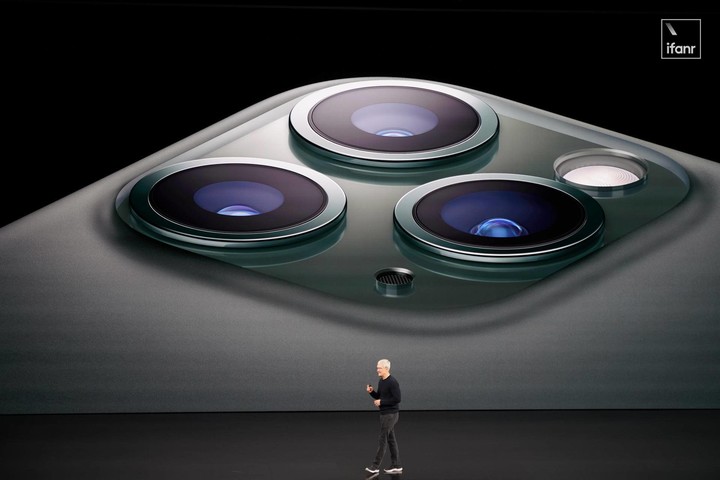
At the time, the iPhone 7 Plus introduced two cameras and a self-developed image chip for the first time, achieving a 2x optical zoom and a portrait blur that mimics a SLR camera.
After a few years, Apple continued to polish the “wide-angle + telephoto” lens combination, and until today, the iPhone 11 series has come, things have begun to change.
iPhone 11 Series Release: 3 new phones, starting at $5499
This year’s new iPhone is named the iPhone 11 series and still has three different sizes. The three new products basically continued the comprehensive screen design of last year, at least the front is completely consistent.
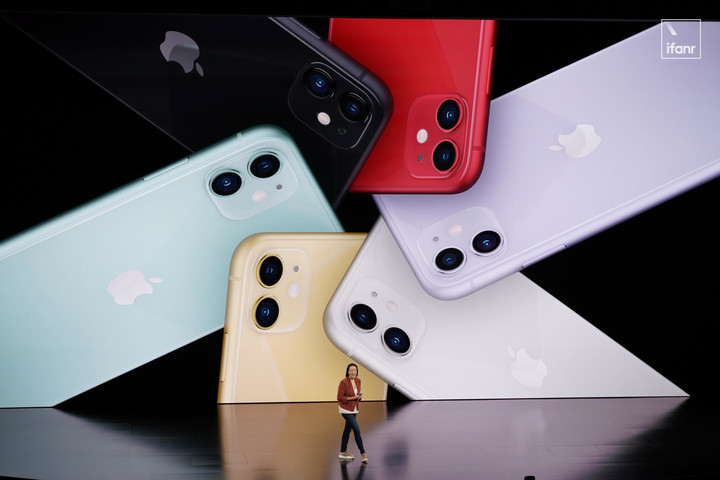
In order to give you a better understanding of the positioning of each of the three new products, we compare them to the three iPhones of last year:
- iPhone XR → iPhone 11 (6.1 inches)
- iPhone XS → iPhone 11 Pro (5.8 inches)
- iPhone XS Max → iPhone 11 Pro Max (6.5 inches)
In addition to re-using the digital name, the iPhone also introduced a Pro suffix to emphasize the “high end” and “professional” of the two flagship phones – further opening the gap with the mid-end iPhone 11, which is related to the iPad and Mac. The naming method is the same.
Among them, the iPhone 11 body is still the same, but Apple LOGO moved down to the middle of the fuselage, looks a lot of harmony. This time, the iPhone 11 has been added with green and purple while retaining the four colors of black, white, red and yellow. A total of 6 color combinations are available (blue and coral are eliminated).

As for the iPhone 11 Pro, both the screen resolution and the color are much better. This is one of the few remaining 2K OLED screen phones on the market.
In addition to the display, the back design of the iPhone 11 Pro model is quite different.
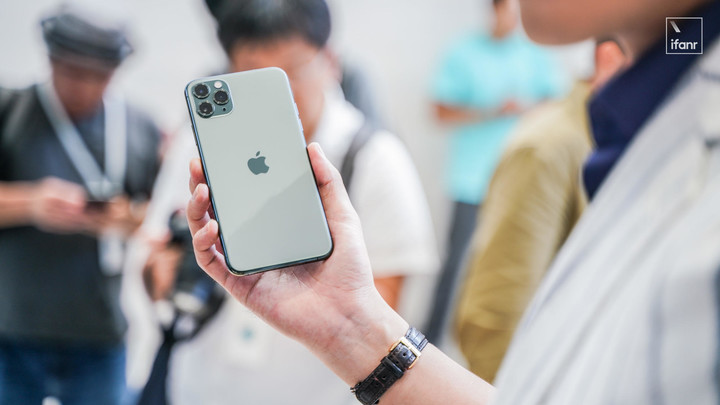
The iPhone 11 Pro features a matte-finished glass back cover that adds a high-grade dark night green on a gold, silver, and deep gray basis. Overall, the iPhone 11 Pro series has a better texture and does not. Touching the fingerprint is more resistant to falling – of course, the iPhone 11 Pro has also become thicker and heavier, and it seems that the “fitness equipment” hat seems to be lingering.
Compared with the previous generation, the iPhone 11 series has not changed much in design and screen. Obviously, the camera is the biggest upgrade point for the three new iPhone 11 series.
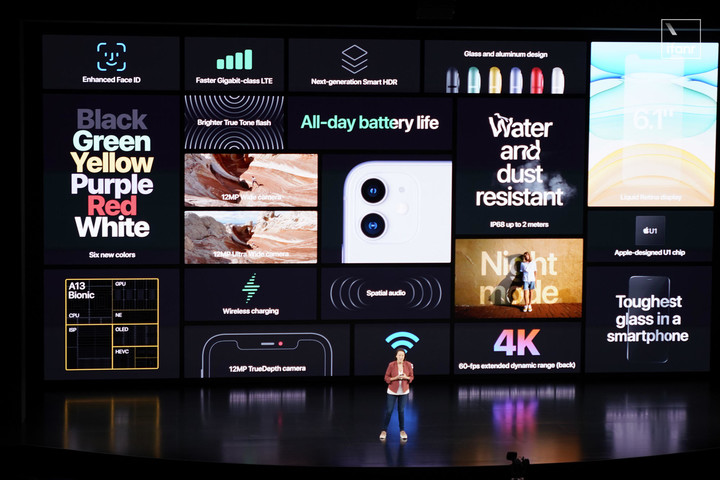
The iPhone 11 is still two cameras, but it is completely different from the original “wide-angle + telephoto” combination – this time is the “wide-angle + super wide-angle” lens combination, which gives the iPhone 11 a larger viewing range. It is very suitable for shooting large scenes with wide horizons.
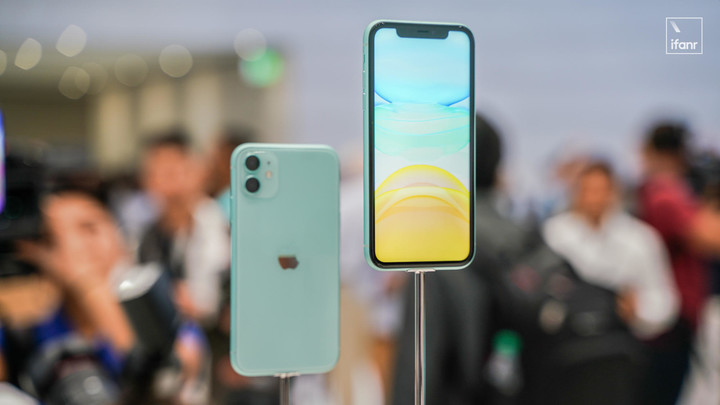
Whether it is a front lens, a wide-angle lens or an ultra-wide-angle lens, it is 12 million pixels, supports 4K / 60 frame photography, and can smoothly switch between wide angle and super wide angle.
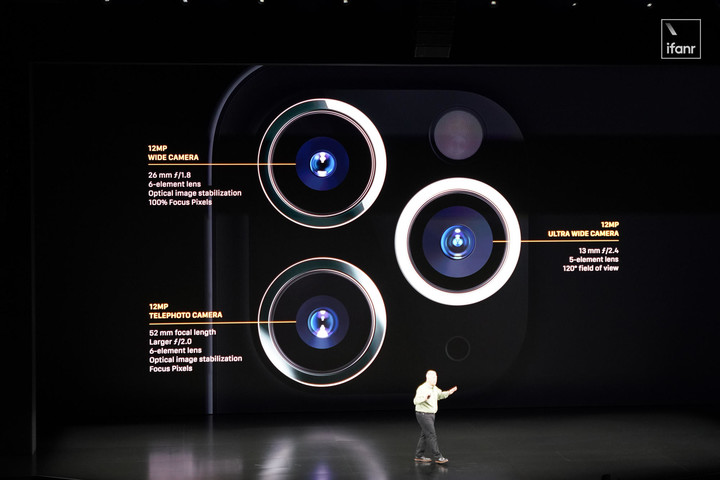
As for the iPhone 11 Pro / Pro Max, the new “Telephoto + Wide Angle + Ultra Wide Angle” three-lens design is used, and both are 12 megapixel cameras. In addition to supporting ultra wide-angle shooting, Apple also has this set of three The camera system has made more exploration.
The back design of the new iPhone is no longerWhat secrets, many people will ask the same question after seeing spy photos in the early days?
Why do the three cameras have to be arranged in a triangle, but also to make a square bump like “Yuba”?
Apple gave the answer at this conference because Apple has enabled a new camera system that allows the three lenses to better capture scene information from multiple angles and adjust each lens at the same time. Let them maintain the same color and sensitivity.
At present, most of the phones on the market are equipped with multi-lens system phones. When switching between different lenses, there will be a phenomenon of stagnation or frame skipping. The iPhone 11 does not have this problem, which is due to Apple’s fine-tuning of the photosensitive elements.
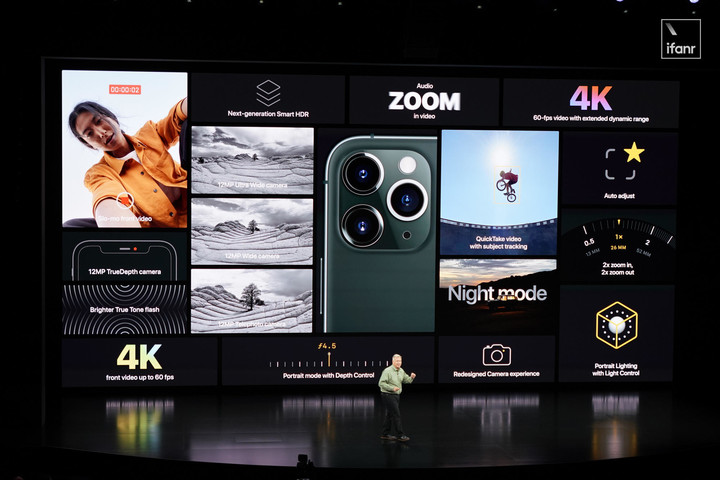
With the A13 neural network engine, the iPhone Pro can also implement Deep Fusion deep fusion technology for better photo taking. For example, in a night scene, when you press the shutter, the iPhone will instantly take 9 photos—including samples of different states, such as long exposure and short exposure, and then fuse them. This function will be updated later. In the iPhone 11 Pro.
In addition, if you press and hold the photo shutter, you can quickly switch to recording (the original continuous shooting becomes a buttonKeeping the shutter sliding to the left is enough to see the importance of the video.
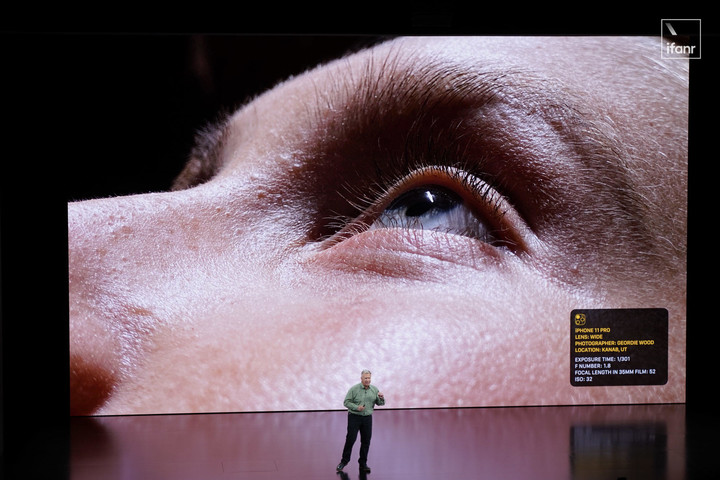
Obviously, this Yuba three-shot, like Apple’s practice of cutting out a screen area for Face ID, is an example of a design concession. In the end, both the camera and the video, the iPhone 11 series has made great progress.
But to support such a camera system, the processor is of course higher.
